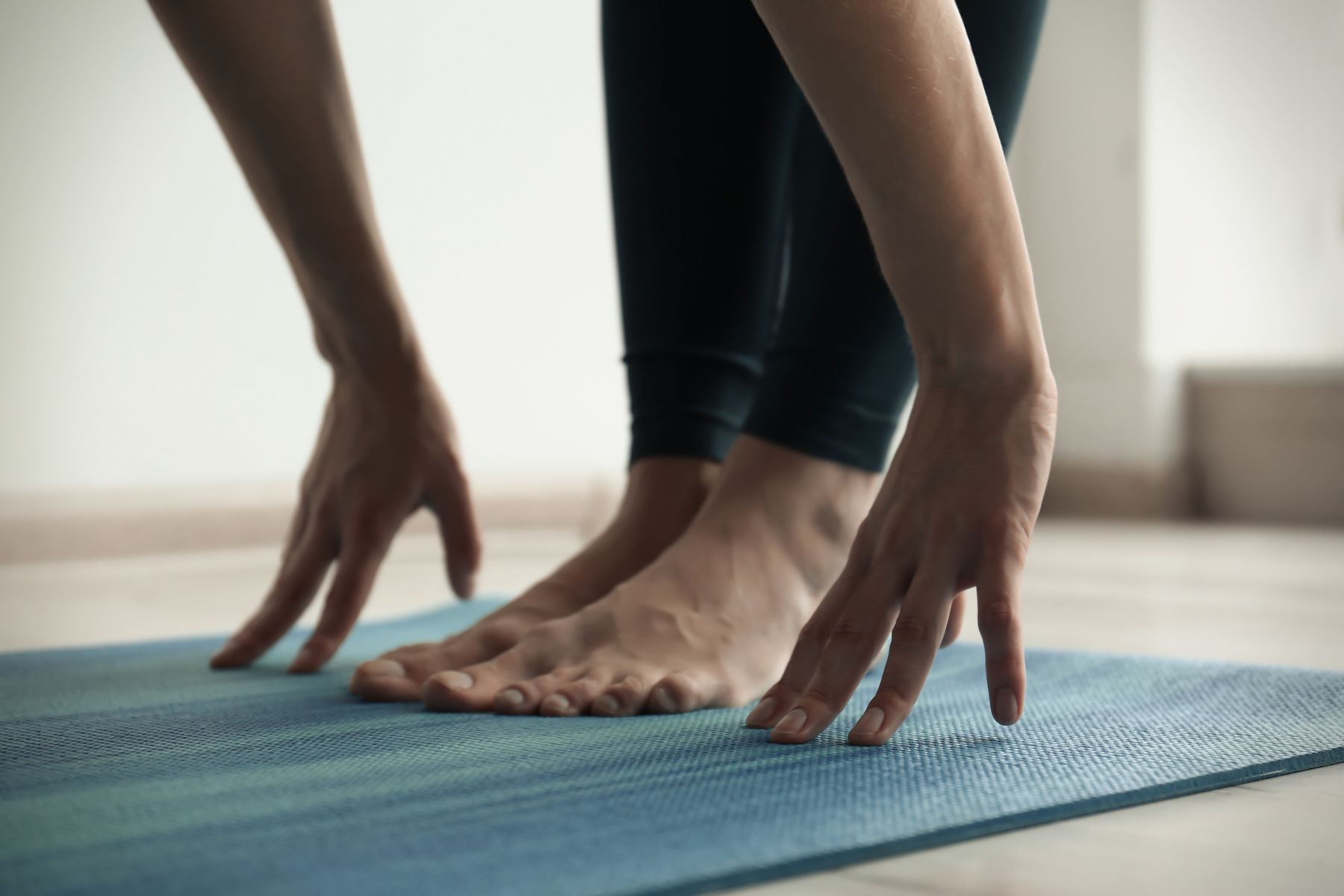A sure sign of being outside of your resiliency zone is the sense of being stuck. It’s like stepping on the gas and brake pedals at the same time – you want to keep things moving, but you are too taxed to go where you’d like. You may be bumped low, showing up as helpless and hopeless, or bumped high, appearing edgy and anxious. Living from these bumped-out places can feel like compulsion, putting you in a place where you may know how you want to be living, but you feel unable to access your tools – so, you self-medicate, act out, or alternatively, act in. Working through these difficult moments requires us to cultivate resilience through three conscious acts: admitting you have a problem, asking for help, and creating daily rituals. These three acts can allow us to fully engage in the present moment.
Admit The Problem
Admitting you we have a problem isn’t easy. It requires letting go of our need to please others and give up on the fantasy of perfection. For her book, The Gifts of Imperfection, Brene Brown researched the qualities of happy people. The data indicated that truly happy and confident people are able to accept their imperfections. For instance, “I’m not great in the kitchen,” or “I can be blunt at the wrong moments,” are acknowledgments that can help us bring loving attention to the parts of ourselves that need it most. Accepting your weak points can run to even deeper places, such as admitting you have a drinking problem or a hard time managing anger. Opening up to friends, family, or a therapist, and telling the truth, can change your entire life course.
Ask For Help
Once you admit you have a problem, the next natural step is to ask for help. Understanding what you need and reaching out for it is a powerful tool in building resiliency. It allows you to move out of isolation and into community; it sends yourself the message that you are deserving of care, and demonstrates your ability to skillfully track your internal experience enough to know which kinds of external support you need. This could range from asking for a hug to asking for a sponsor. When you reach out to another person for support, it’s important to choose someone you want to mirror. Mirroring their positive qualities will help you learn how to embody them for yourself.
Follow Healthy Routines
In addition to reaching out for help, daily routines and rituals help build and sustain our resiliency. How you start your day largely influences the tone for your next waking hours. Do you make time for stillness? Do you eat a satisfying breakfast? Do you set an intention? These simple practices can carry us through the day. Adding things like movement, support groups, and therapy might even help us move from resiliency to growth.
We will get stuck at times. It is not always accessible to “go with the flow.” But there is always hope. When you tell the truth, ask for help, and build healthy habits, you will find your resiliency again, and you will shine.














